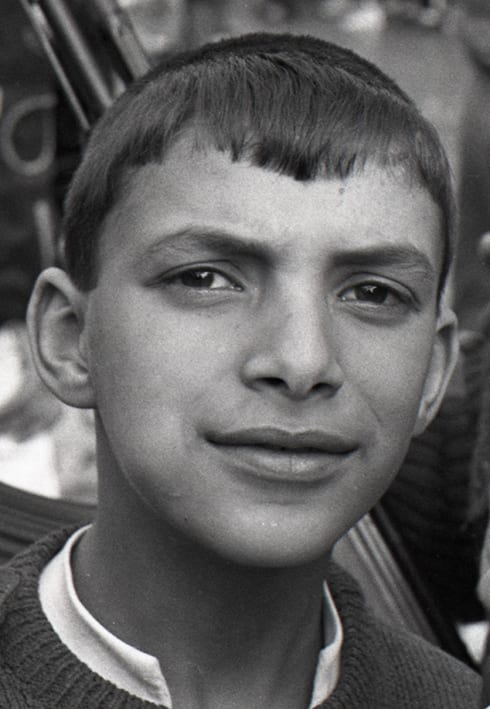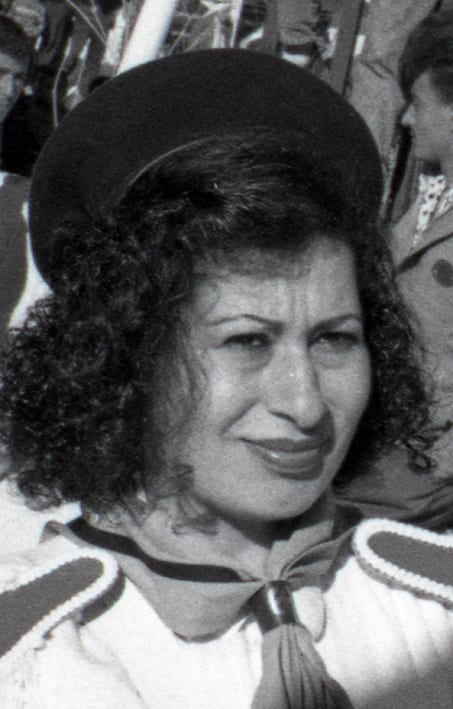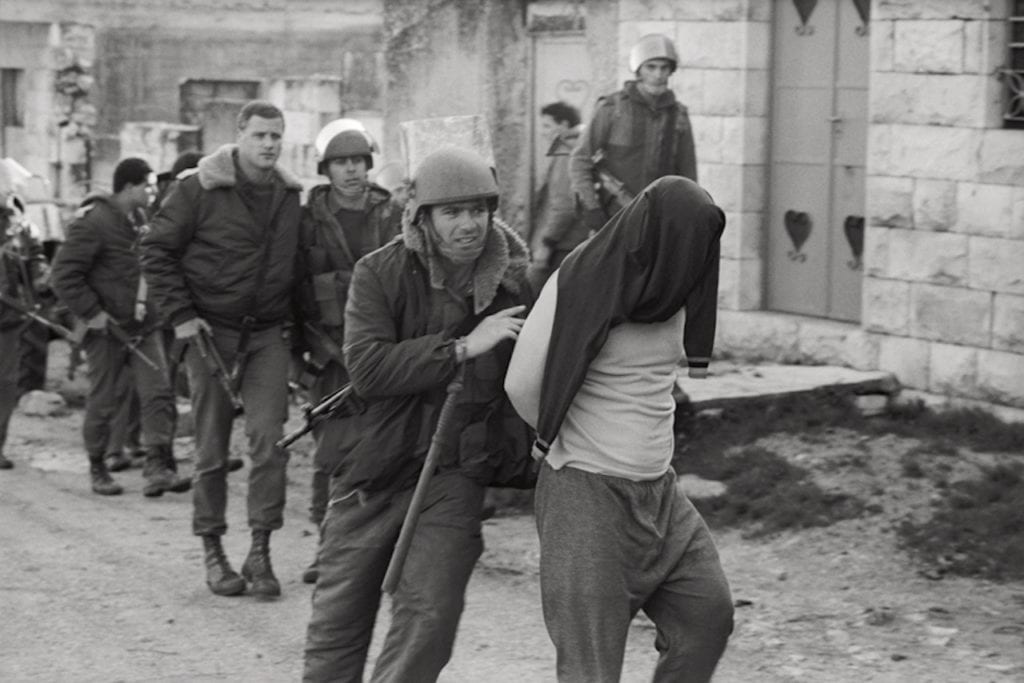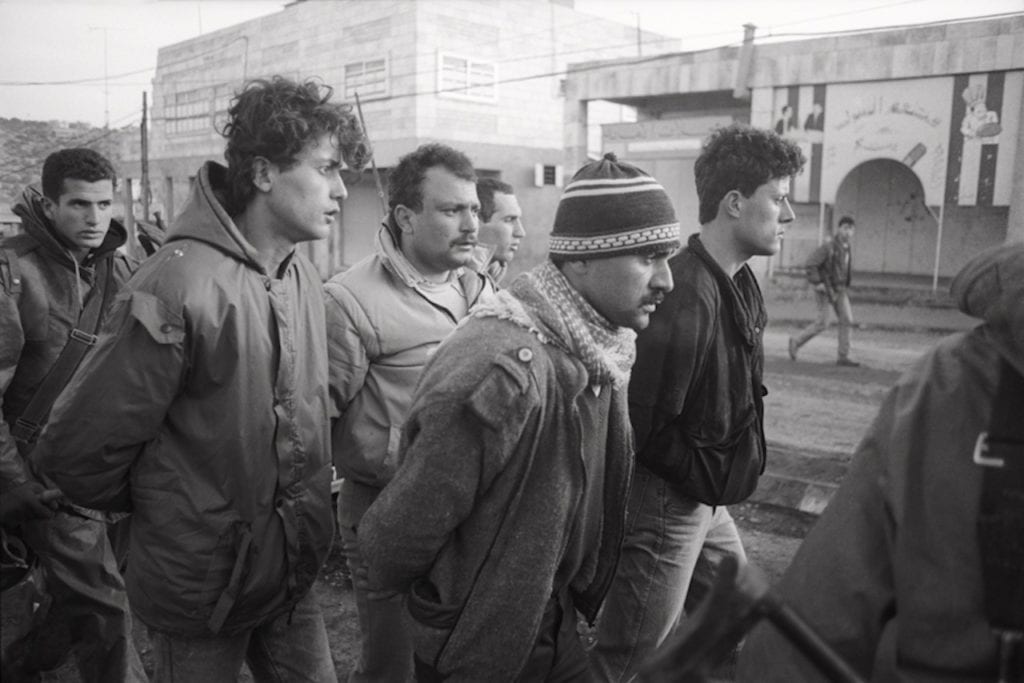“You know you are in very fragile situations, difficult situations. Even when it doesn’t look difficult, you understand the potential of it. You better keep your fear,” warns Israeli photographer Miki Kratsman. “I have to be scared, because the moment I’m not scared it might be dangerous.”
Photographing the Israeli-Palestinian conflict for 33 years, Kratsman has an almost unparalleled insight into one of the world’s most protracted conflicts. From before the First Intifada, through the Oslo Accords, and during more recent unrest, Kratsman’s photography has been a constant presence, and his various series attempt to untangle the web of social, political and religious influences in the region.
In his photobook The Resolution of the Suspect, Kratsman has brought together five separate photographic series, that range across this timeframe. All use different methods, but have the same purpose in mind – to demonstrate the everyday circumstances Palestinian civilians are subjected to.
“In the same role, I can be the photographer, I can be a human rights activist, I can use the same strategy with photography to be or to adopt different identities,” explains Kratsman. “It’s altogether to play different roles in the same arena.”
To create a variety of narratives, Kratsman will frequently adapt his approach: some of the series in his photobook use portraiture and others long distance photography, some are edited crops of his archive and others are whole contact strips. He sees each series as complementary, working with the others to empower his subjects – or question their position.
“I think those people just wanted to be shown, just wanted to be seen. I am happy to be the one that gave them the opportunity to be shown. Sometimes for these people it is the case that photography is an exterritorial. I gave them the chance to be involved,” Kratsman says.
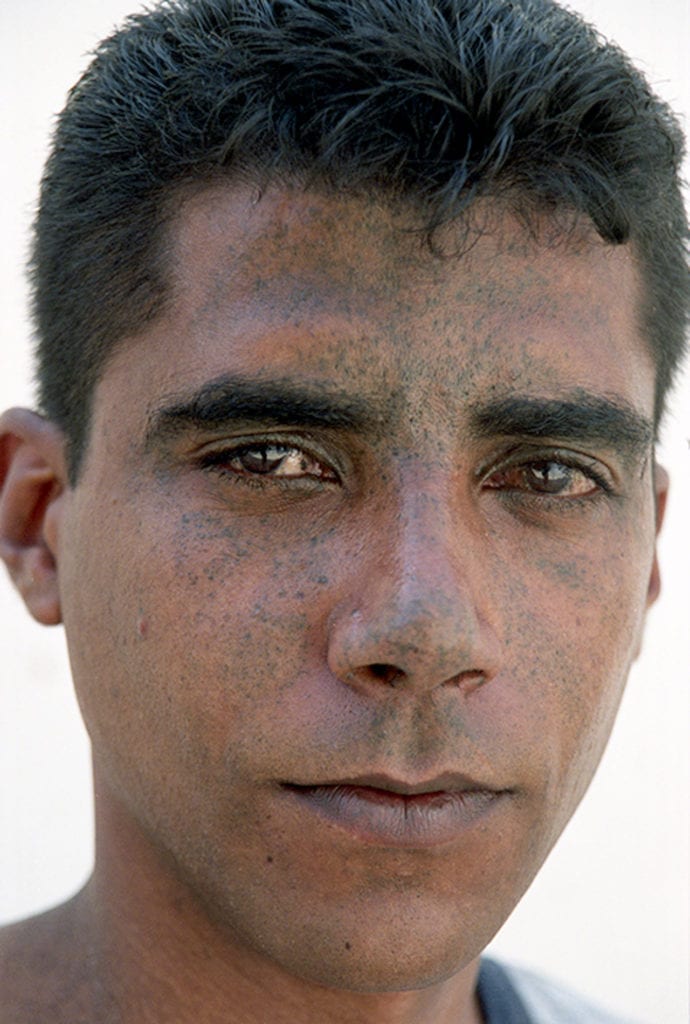
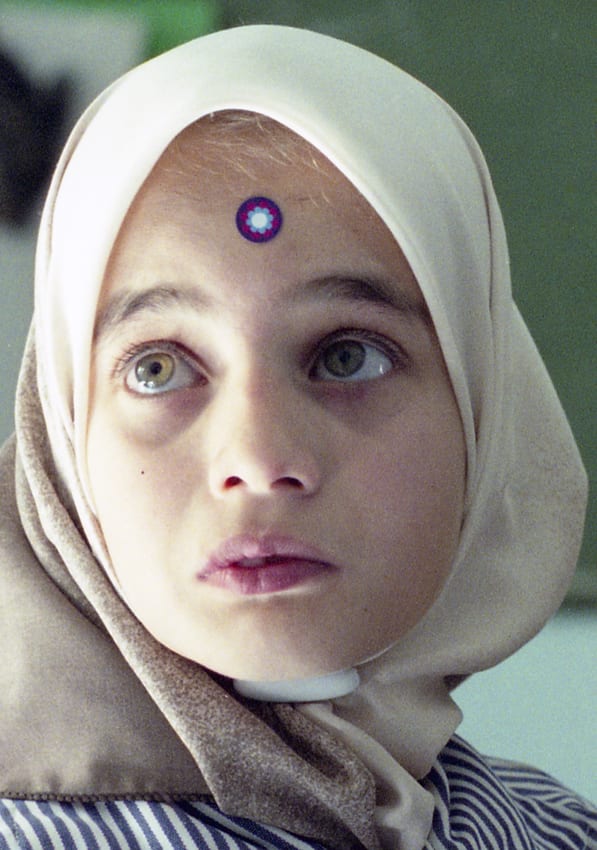
“They are not afraid,” insists Kratsman. “Not afraid to show themselves to the reader, to the person who is going to see them in the newspaper, to the authority that can create a file on this person now they know how he looks. That was also very important.”
It’s a kind of self-definition that transcends the threat of war and translates to Kratsman’s series Not Afraid to be Photographed. Here the subjects are self-proclaimed warriors, aiming to be shown in a way that captures their struggle. Notable for the inclusion of weapons, these portraits nonetheless convey the vulnerabilities of those depicted.
“They are very proud that they go in the streets with their rifles. How proud they are as warriors,” starts Kratsman. “They want to be identified like ‘us’, and by us I mean the perpetrators. They identify with us. They want to look like an Israeli soldier.”
Understanding the mentality of both Israeli and Palestinian soldiers is something that has long interested Kratsman, who is also a co-founder and chair of online forum, Breaking the Silence, a site dedicated to personal accounts of the actions of Israeli soldiers during the conflict. The photographs here try to explore an idiosyncratic relationship shared by the two opposing sides. “It’s a visual confrontation I would say with an Israeli soldier. They are saying we are like you. It’s an attempt to create a kind of symmetry,” he adds.
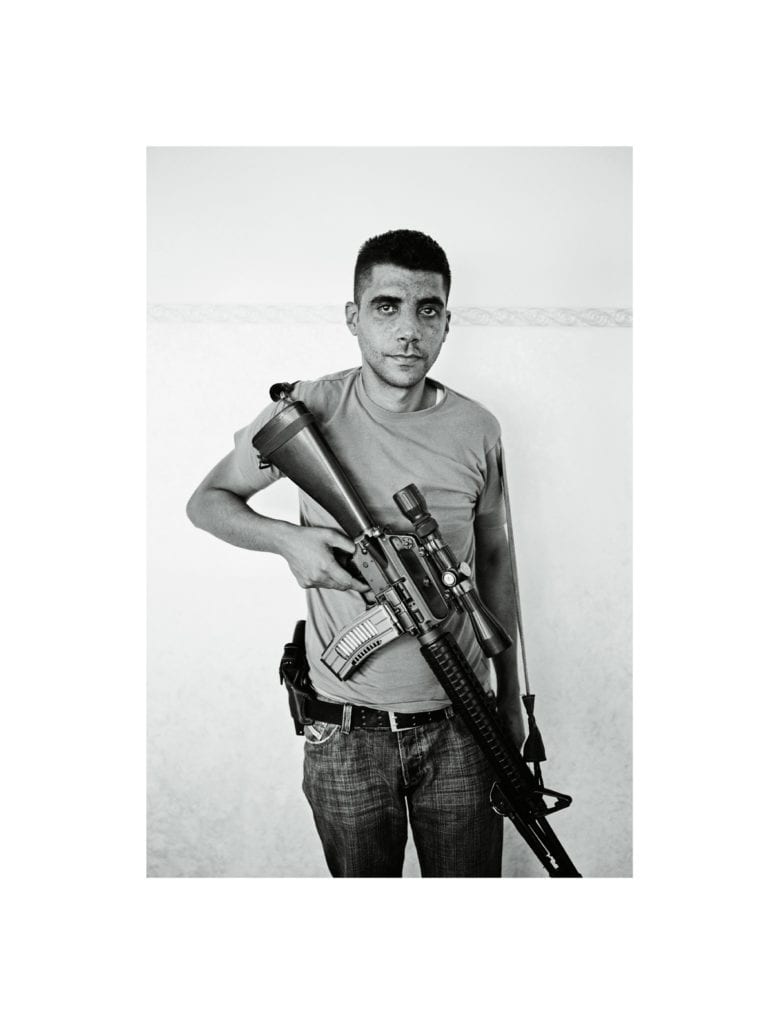
However, it does raise a pertinent question about who is watching whom. There is a quiet distrust in the region as drones and army reconnaissance units take images of civilians; for his series Targeted Killing, Kratsman takes a similar approach, using a long range lens to capture Palestinians without their knowledge. Kratsman took most of the photographs on his way to and from work at the Bezalel Academy of Arts, where he is a lecturer, taking photos from a roof near his office down a hill to the Palestinian village of Issawiya.
“Once you use this type of lens to see people, they become immediately suspect. It is one of the most difficult situations I have been in in photography, even if nobody saw me, it was only myself. I have never liked the analogy between hunters and photographers. But for the first time I felt there is something there, I felt like I had behaved like a hunter. You know, in some ways it was embarrassing,” says Kratsman.
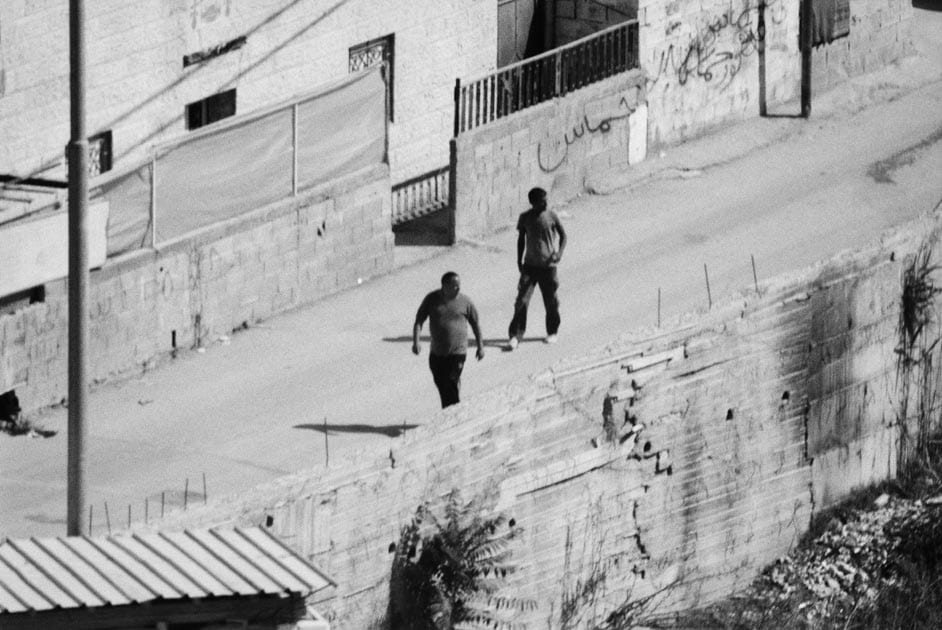
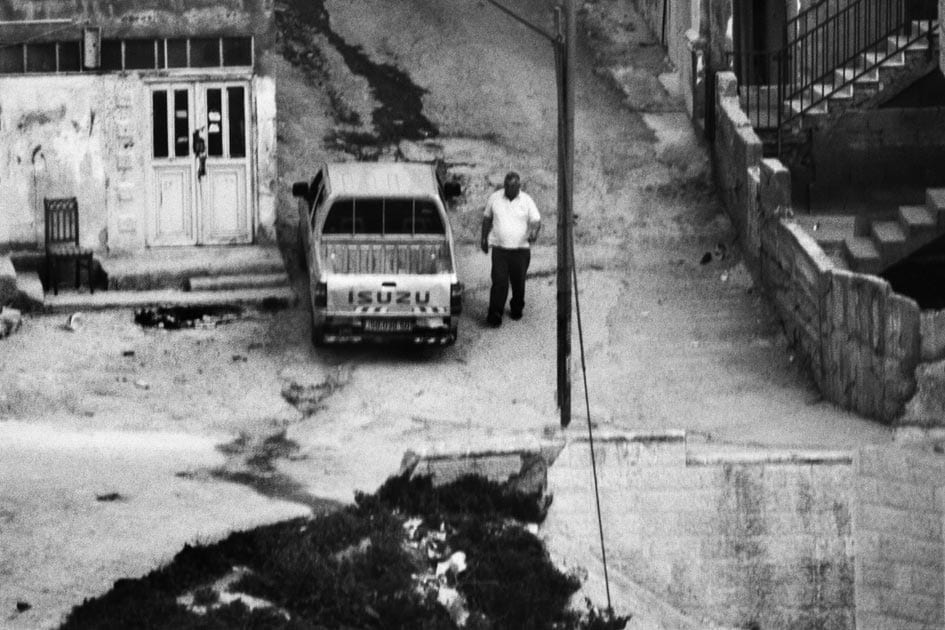
“That Facebook group creates an archive, an archive that’s a kind of a community. I think that it has a possibility to give some people a voice or to share knowledge or to identify themselves. For me it’s enough,” says Kratsman.
In the three decades since he started shooting the conflict, the territories have changed enormously. Kratsman says that everyone in the region has changed irrevocably because of the conflict, but hopes that his photobook can serve as some kind of line in the sand. “I don’t think that the importance of the book is based on today, I think we work more for the future. I think the book will be something that gives a wider perspective to the conflict.”
The Resolution of the Suspect is published by Radius Books, RRP $50
